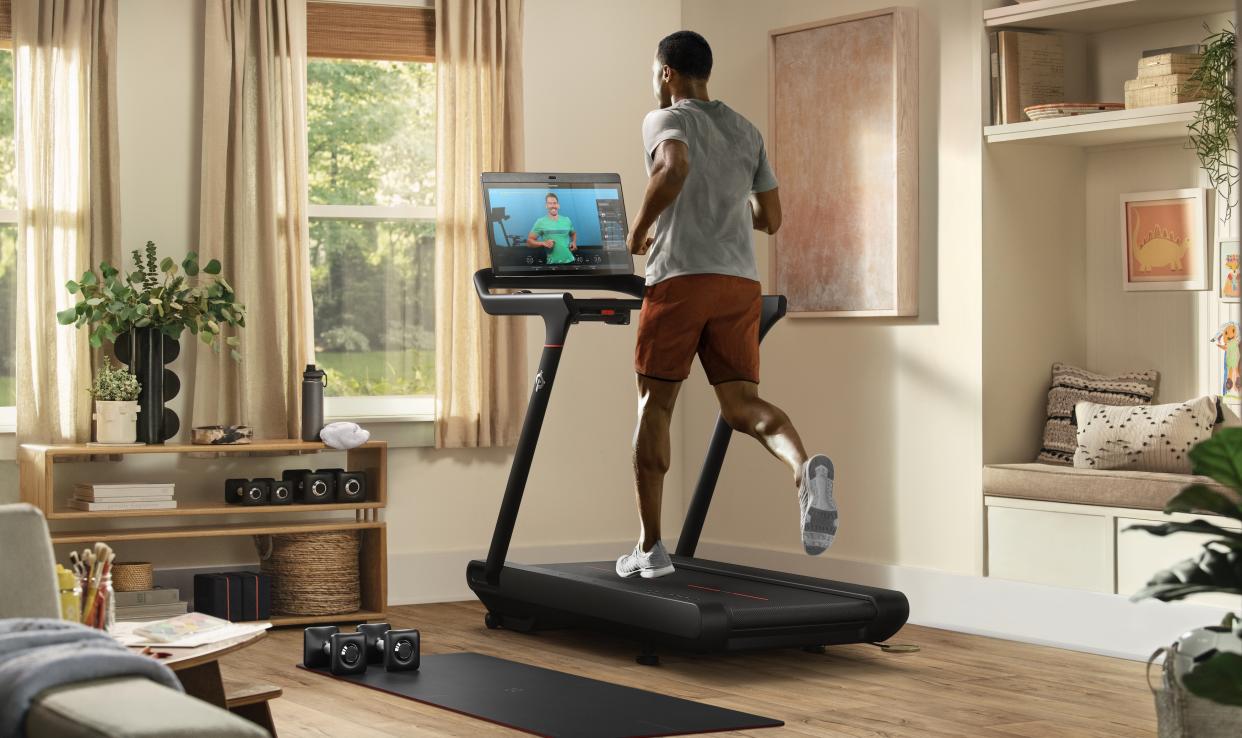Connected fitness is adrift post-pandemic

Over the past four years, the connected fitness space has experienced some of the highest highs and lowest lows in the venture world. According to figures from Crunchbase, funding — predictably — peaked in 2021. As a whole, the fitness category accounted for $6.4 billion raised over 376 rounds.
In May of 2021, Peloton announced that it would be funding an Ohio-based production facility to the tune of $400 million. That was a drop in the bucket: The company generated $4.13 billion in revenue for the year, more than a 40% increase over 2020.
On Monday, the fitness company announced that it was seeking to refinance its debt. It also entered into a five-year, $1 billion loan as it looks to bring on a new CEO following Barry McCarthy’s exit earlier this month after two years with the company. Ultimately, Peloton got high on its own supply, assuming that pandemic-fueled gains were the new normal.
Competitor Tonal (which Peloton had reportedly considered acquiring in 2022), laid off more than one-third of its staff in 2022. In April 2023, it announced a new CEO and a $130 million round at a significantly reduced valuation. Still, it was more than happy to offer a trade-in program at the end of the year, after Lululemon stopped sales of its Mirror devices.
The pandemic has certainly had long-term impacts on the economy. For instance, while work from home has obviously declined from its COVID heights, a report earlier this year notes that it’s still in the area of three to four times more common than it was in 2019. Connected fitness’ big bet was that while some regression was inevitable, the cultural shift was going to be permanent.
Ultimately, however, many were eager for a “return to normality,” and arrival of vaccinations, coupled with lowered rates of infection, emboldened many to get back to the gym. Unlike commuting into an artificially lit cubical farm five times a week, plenty of people genuinely enjoy the experience of working out in person.
The struggle isn’t universal, however. Hydrow, which raised $55 million in 2022, purchased a majority stake in AI-based strength training firm Speede Fitness earlier this month. The firm has done a good job capitalizing on interest around rowing machines, even as Peloton’s answer to the category was entirely overshadowed by its very public struggles.
Despite some major regressions and broader economic headwinds, there’s always money to be raised if you’ve got a compelling enough product. Ultimately, however, those rounds should be consistently lower than they were in the home fitness salad days. For a recent example, Kabata, the maker of the “world’s first AI-powered dumbbells,” announced a $5 million seed round on Tuesday. That’s follows a $2 million seed round raised in May 2022.
I wouldn’t want to be a connected fitness firm raising in 2024. As my financial adviser recently told me, “the best time to buy a house is last year.” When you’re working to bring a product to market, you can’t always wait until the market forces are ideal. Seems that we may never see the likes of 2021 again for connected fitness.

